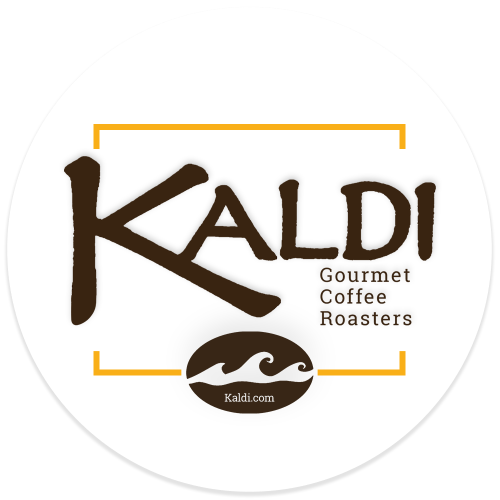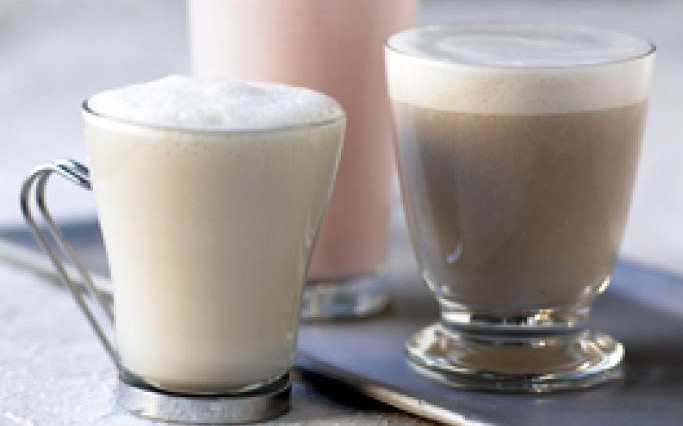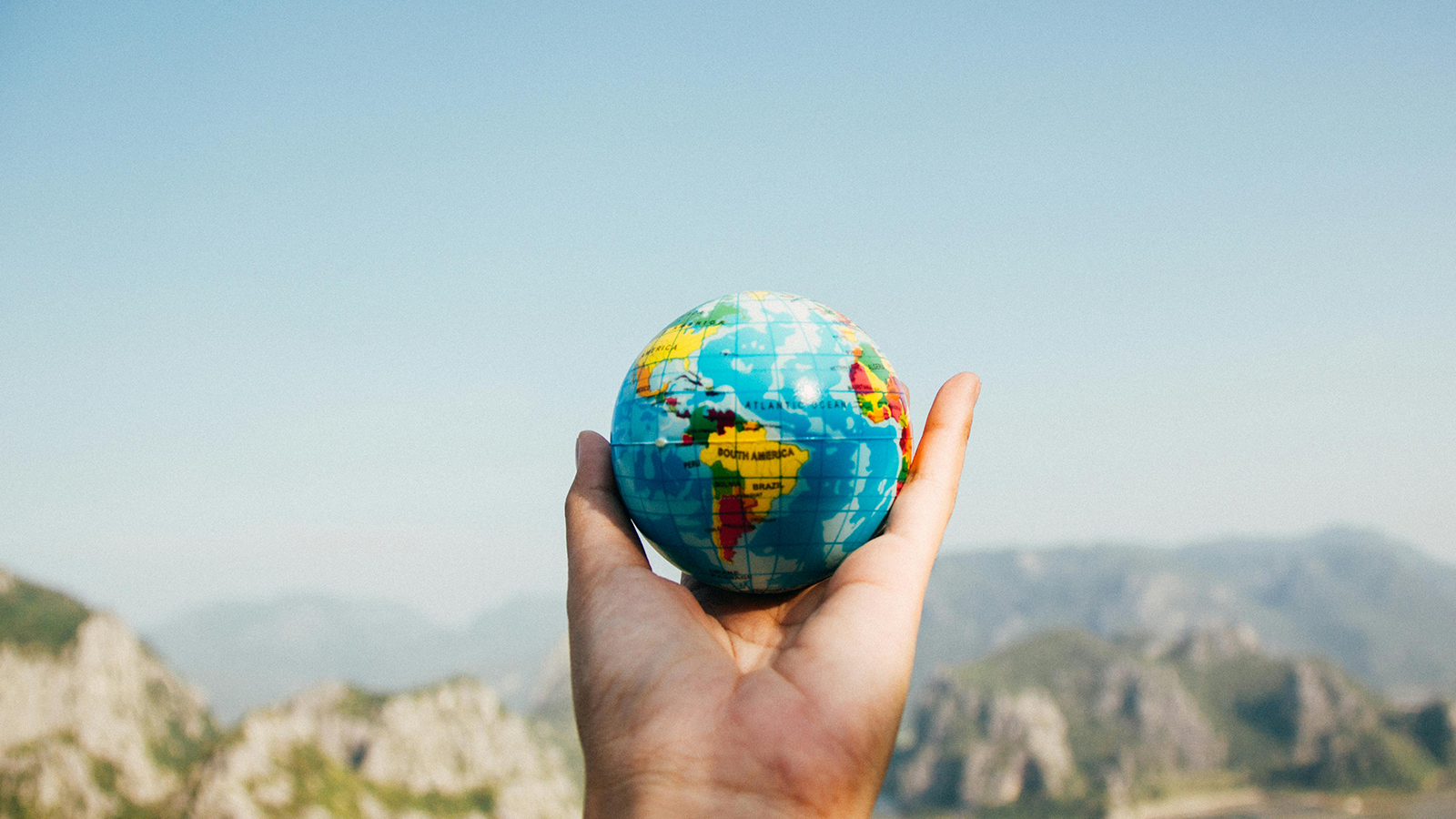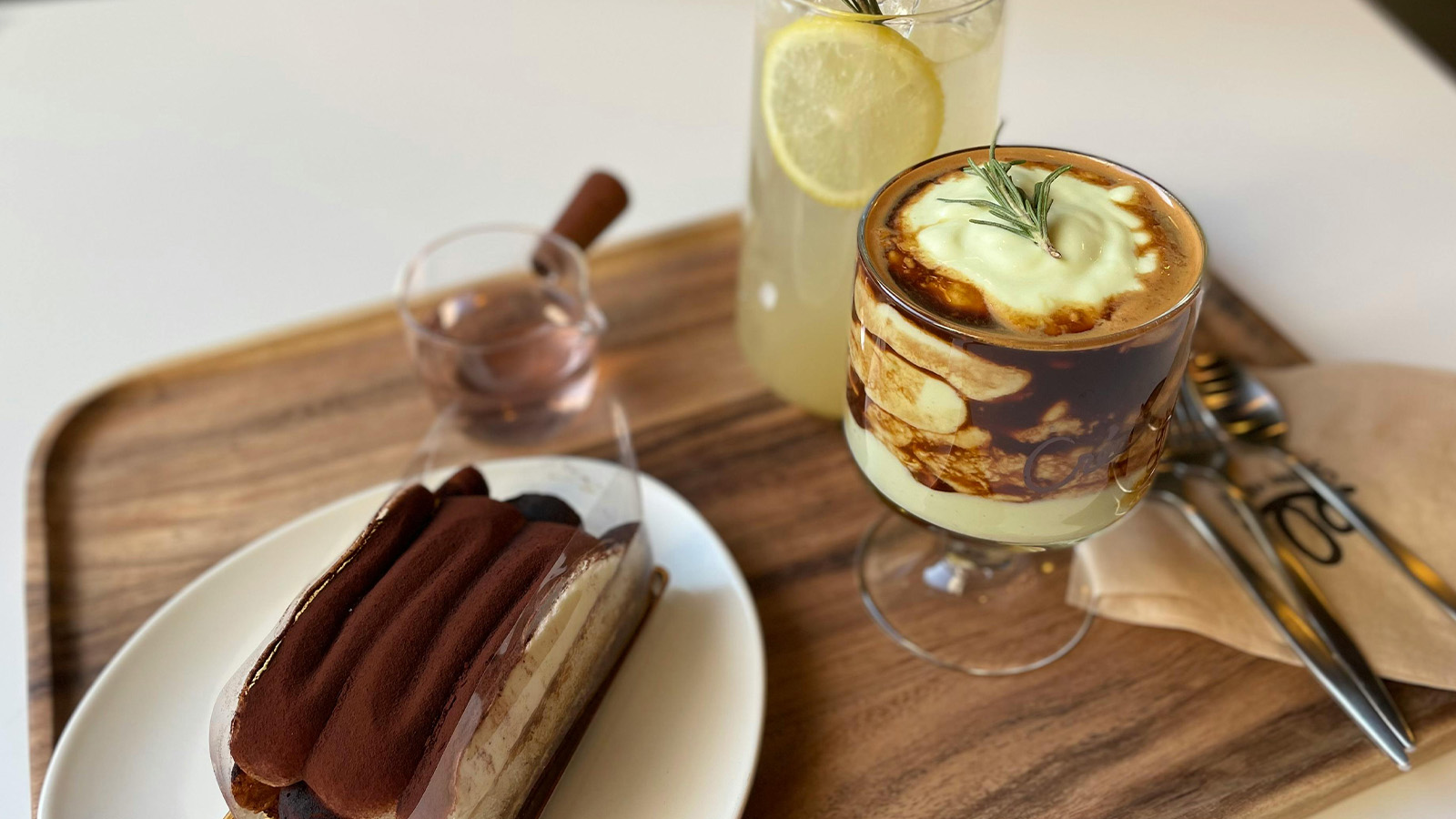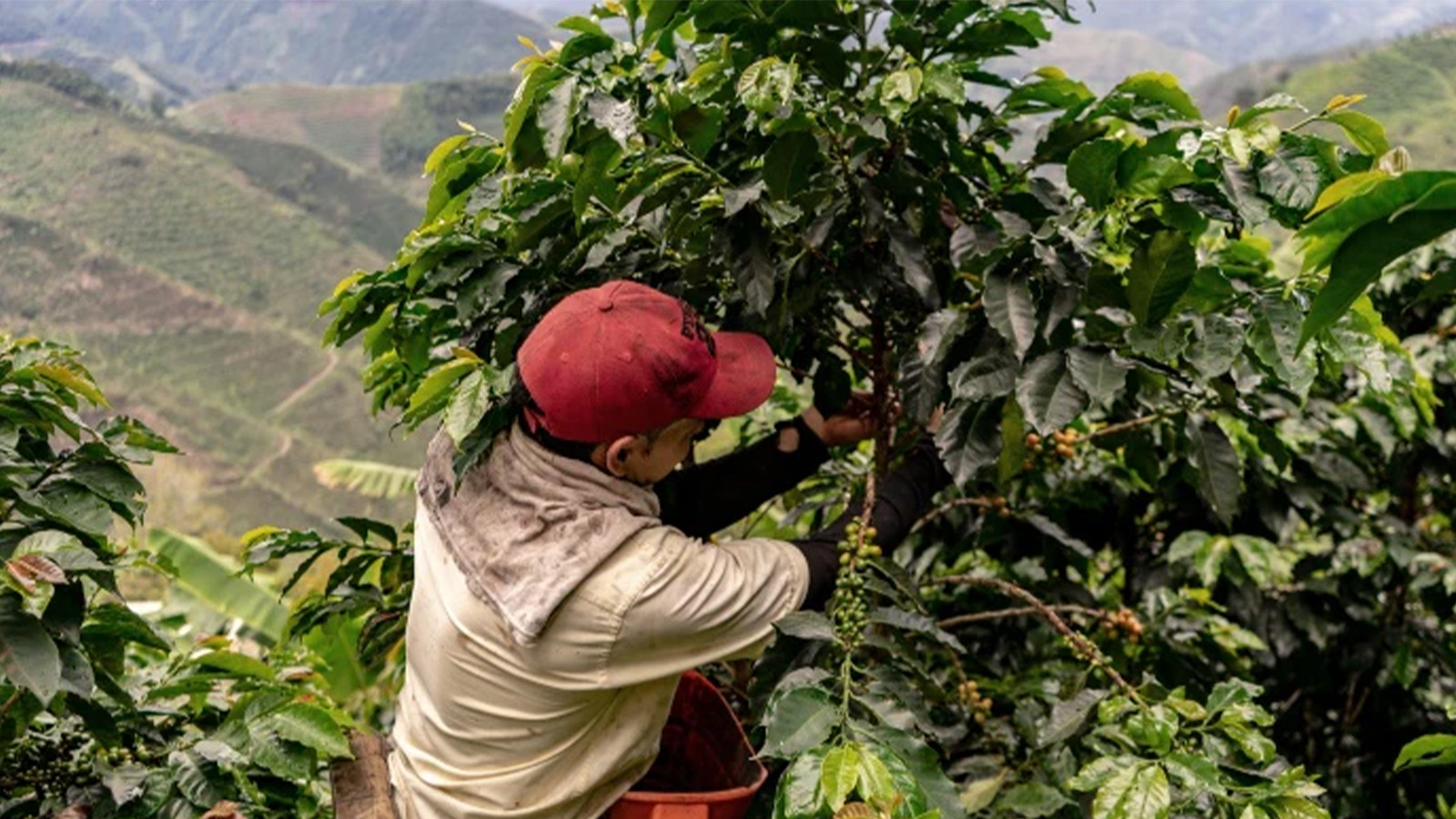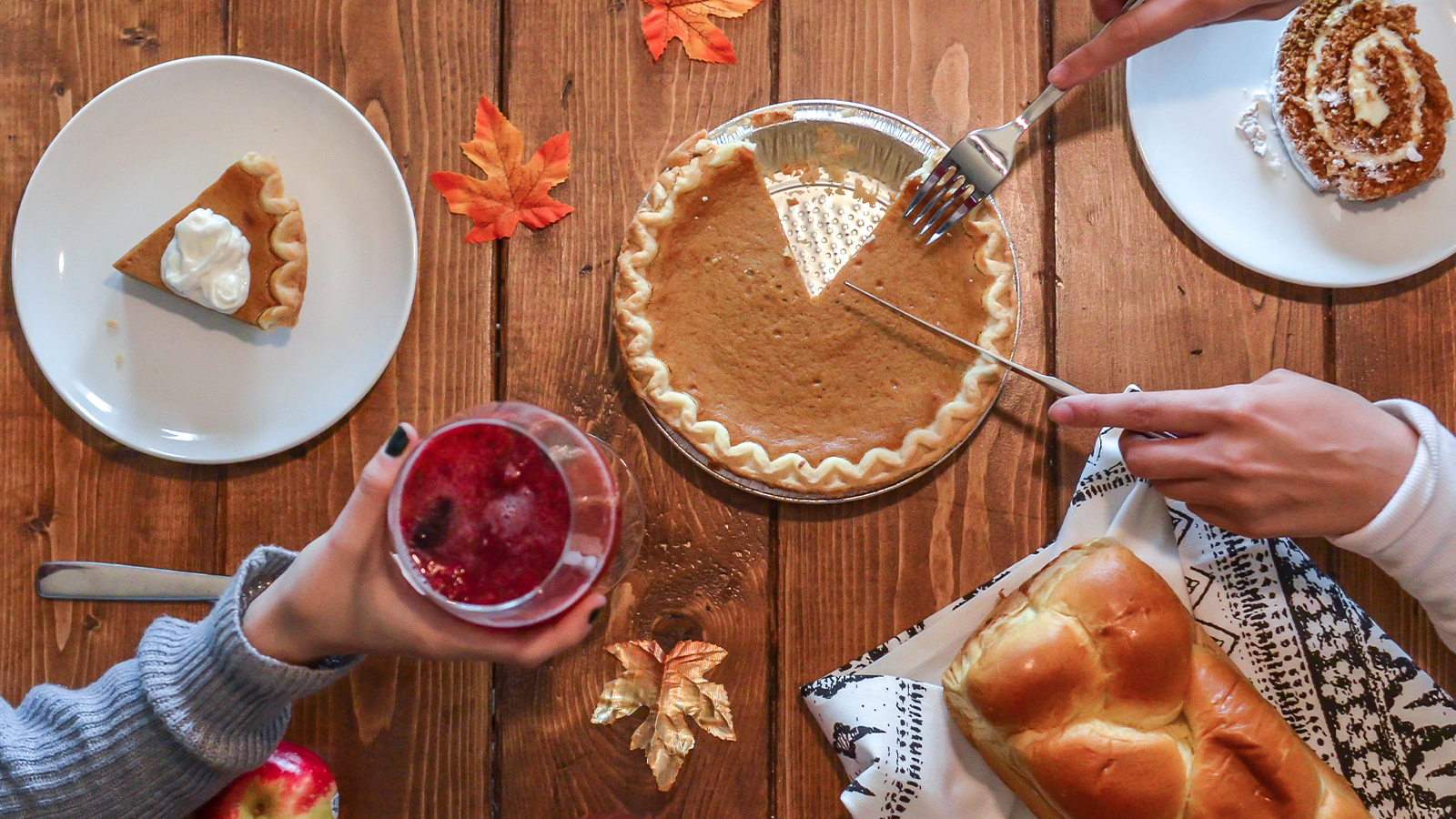The Journey of the Coffee Bean

Do you know the journey a coffee bean goes through before arriving at your coffee shop, office, or home? Fresh coffee beans come from different growing regions around the world, including:
Learn more about the journey of a coffee bean and order wholesale beans from Kaldi Gourmet Coffee Roasters. This month, we’re offering 5 lbs of our Organic Guatemalan coffee beans for $30.
The Journey of the Coffee Bean
Many factors differentiate coffee beans from one another. Flavor profiles and aromas will vary depending upon the region of the world from which they were grown. Certifications will differ based upon wages, working conditions and environmental preservation protocols observed by the producing farm. There are many distinctions to be found among beans, but they do in fact all go through a similar journey before arriving in your mug.
Follow the bean from seed to the brewed coffee you love!
Grow & Harvest
Unprocessed coffee seeds can be planted to grow a new coffee tree. Coffee farmers plant these seeds in nurseries that are shaded until they’re ready to be permanently planted.
After anywhere from three to four years, coffee trees will grow little red cherries that house the beans. These cherries are then harvested by hand or machine and are then processed to remove the bean from inside the cherry.
Pulp the Cherry
Since the bean is inside the cherry, the pulp needs to be removed from the outside. The Dry Method uses the sun to dry out the cherries and make it easier to remove the outer layer.
The Wet Method uses water and a pulping machine to remove the outer layer. Once each cherry is pulped, the beans are put into water fermentation tanks to remove the mucilage, or the inner layer of the pulp.
Dry & Mill
The beans that went through the Dry Method are already dried. The Wet Method beans need to be dried in the sun or by a machine tumbler.
Once dried, they can go through the hulling machine to remove the mucilage layer or the entire dried husk, depending on which pulping process was used.
During this stage, the beans will be polished to ensure that all pieces of the husk are removed. They are also graded and sorting based on their size, weight, color flaws, and other imperfections.
Export
After the dry and mill process, the green coffee is ready for export.
Taste
Following export, the beans are tested for quality and taste. The process evaluates characteristics like visual quality, aroma, and flavor.
Freshly Roast
Before beans are brewed, they need to be roasted. At this point Kaldi Gourmet Coffee Roasters enters the journey. The roasting process enhances the flavors, boldness, and taste of the beans. Check out our Roasting Profiles for an in-depth look at the degrees of roast from which you can choose.
Grind & Enjoy
Once the beans are roasted to meet your preferences, it’s time to grind the beans and brew the coffee. The brewing method you use will depend upon the type of coffee drink you’d like to make. Whether you’d like a traditional cup, a shot of espresso or a cold brew, take a look at our Different Ways to Brew Coffee to learn more.
Order Fresh Coffee Beans Today
Want to try some fresh coffee beans for yourself? Order from our wide selection of wholesale, Organic, Fair Trade, and Rainforest Alliance beans from Kaldi Gourmet Coffee Roasters.
Not sure what fresh coffee beans to try? When you order our coffee of the month
Organic Guatemalan. Just use the code “ORGANICGUAT”and get 5 lbs for $30.
